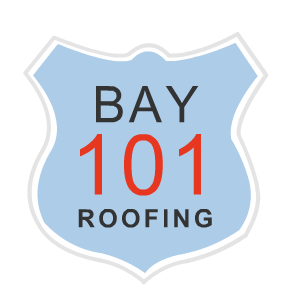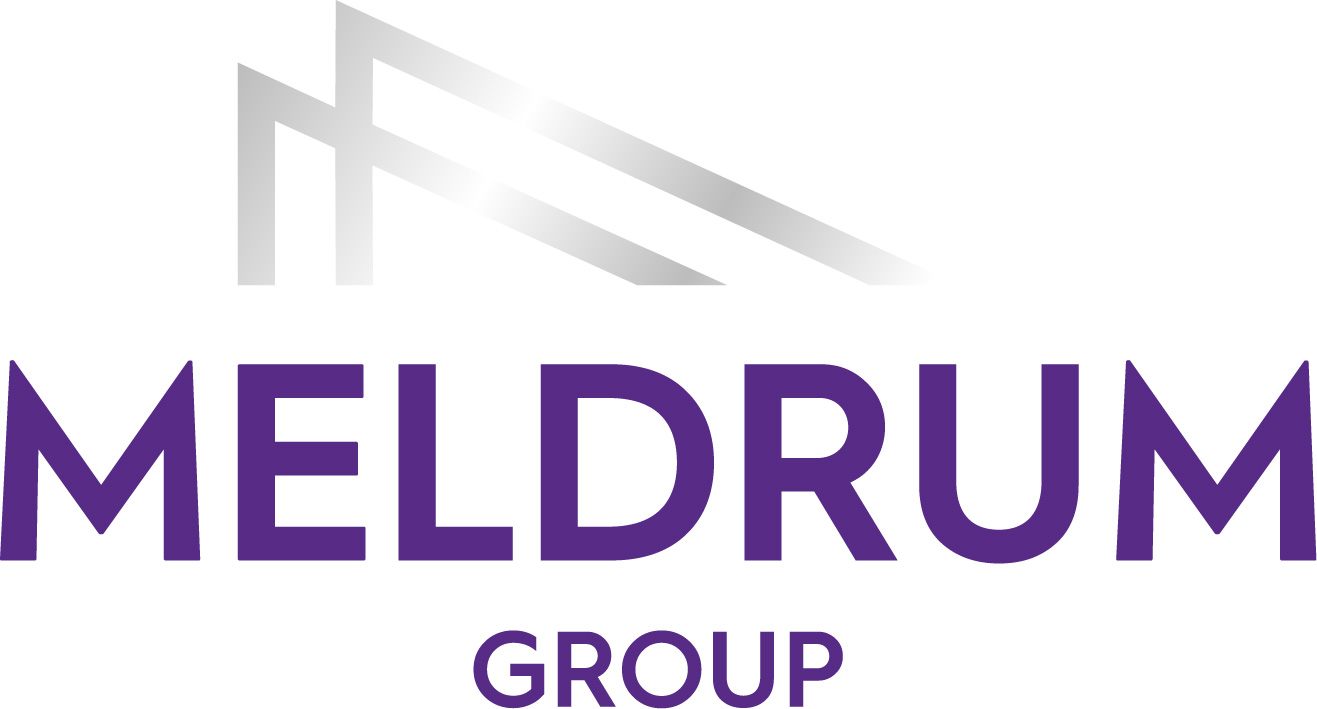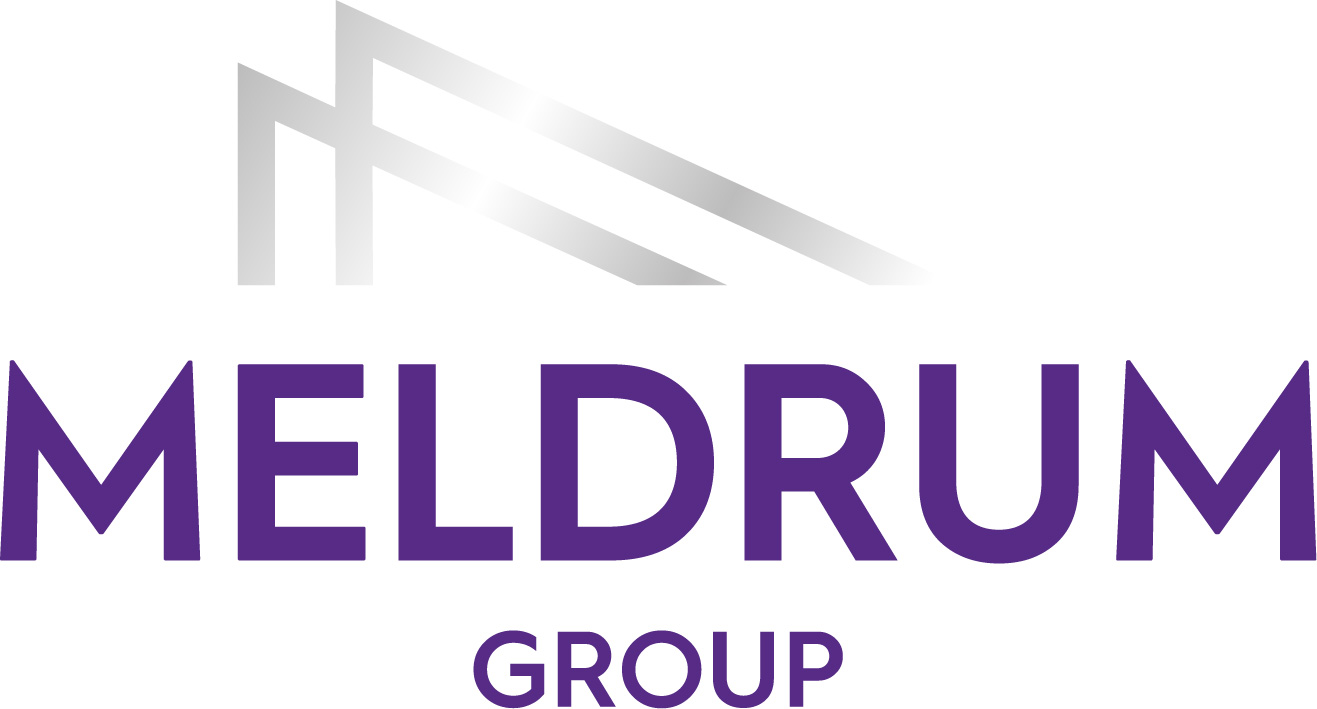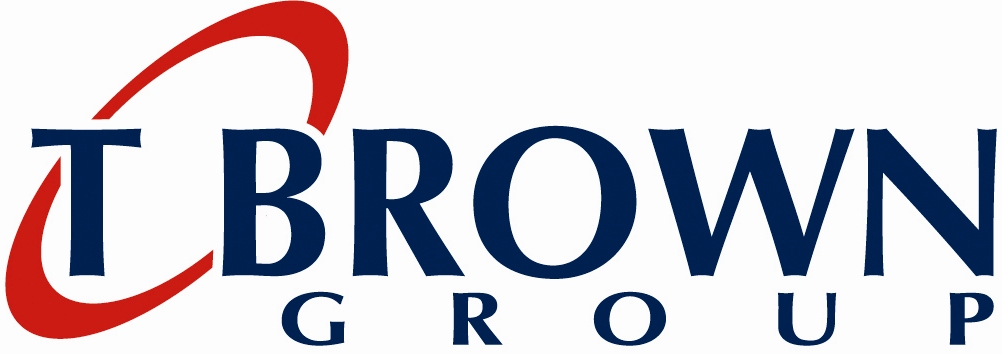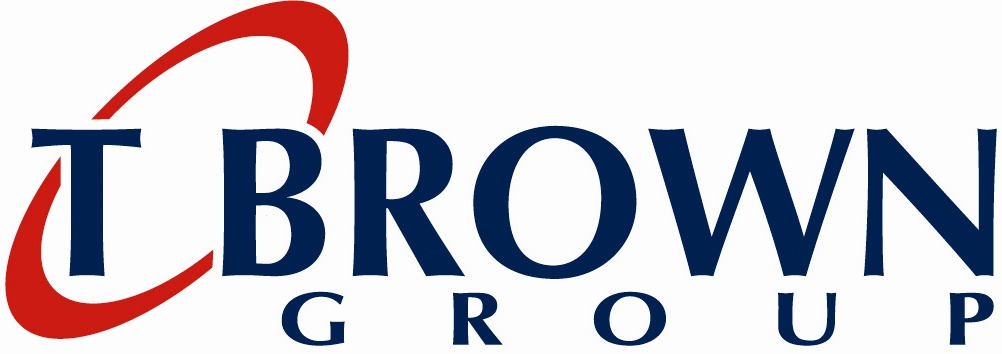Title Page
-
Site conducted
-
Conducted on
-
Prepared by
-
Location
-
Weather Conditions
-
Project Schedule
-
Public/Private
-
OCIP/CCIP
Choose "Safe", "At Risk", or "N/A" for each question. If choosing "At-Risk", add notes below the question, add any pictures, and note any corrections made or needed.
1.0 ENVIRONMENTAL
-
1.1 Fugitive dust control
-
1.2 Track-out devices
-
1.3 SWPPP is current as of...
2.0 HAND and POWER TOOLS
-
2.1 Guards on machines/equipment
-
2.2 Hand/Power tools condition
-
2.3 Laser and powder actuated tool warning placards
-
2.4 Tool cords/plugs condition
-
2.5 Correct tool being used for job at-hand
-
2.6 Operators of gas/powdered actuated tools licensed
3.0 HEALTH, HYGIENE & HOUSEKEEPING
-
3.1 Toilet facilities
-
3.2 Drinking water/cups
-
3.3 Hand washing capabilities
-
3.4 Work area/housekeeping
-
3.5 Waste containers
-
3.6 Potential impalement hazards from protruding rebar, form stakes, pipe stubs, and nails,<br>capped, or covered
-
3.7 Adequate lighting present
-
3.8 Electrical cords
-
3.9 Materials properly stored, cleared of stairways, walkways and exit routes
4.0 WARNING/BARRICADES
-
4.1 Hazard communication program and SDS
-
4.2 All chemicals stored in approved containers with proper labels
-
4.3 Safety and OSHA signage
-
4.4 Emergency Action Plan
-
4.5 Work area signs and barricades
-
4.6 Traffic control/flaggers
-
4.7 Confined space(s)
-
4.8 Emergency access/exits
-
4.9 Fencing for public protection
-
4.10 Covered walkways/signage/lighting for public protection
5.0 LADDERS and STAIRWAYS
-
5.1 Ladders/duty rating/task
-
5.2 Extension ladders extend min. 36" above landing and secured
-
5.3 Ladders with split or missing rungs taken out of service
-
5.4 Stepladders used in fully open position
-
5.5 No stepping on top two rungs of stepladder
-
5.6 Stairway railings are complete
-
5.7 Stair pans are filled
-
5.8 Appropriate use of a ladder
6.0 FALL PROTECTION
-
6.1 Safety perimeter cables/guardrails are secured properly
-
6.2 Employees exposed to fall hazards are tied off or guardrails/barricades are utilized
-
6.3 Fall protection equipment is appropriate for working height
-
6.4 Employees below are protected from falling objects
-
6.5 Floor penetrations are covered, secured and marked "Hole" or "Do Not Remove"
7.0 EXCAVATIONS
-
7.1 Excavations protected by fencing or barricades
-
7.2 Excavation inspected daily by a competent person before workers enter
-
7.3 Materials and spoil piles are stored min. 2' away from excavation
-
7.4 Equipment is a safe distance from edge of excavation
-
7.5 Ladders provided every 25' in excavation
-
7.6 Proper access/egress
-
7.7 Trench box, hydraulic shoring and/or sloping used greater than 5' deep
8.0 HEAVY MOBILE EQUIPMENT
-
8.1 Aerial lift/scissor lift chain or door closed
-
8.2 Fall protection used in aerial lift
-
8.3 Reverse signal alarms working (audible) above surrounding noise levels
-
8.4 Seat belt usage
-
8.5 Tag lines are used to guide loads
-
8.6 Pre-shift crane inspection completed by a competent person
-
8.7 Outriggers are fully extended with proper ground conditions
-
8.8 Employees kept from under suspended loads
-
8.9 Slings/rigging are inspected/tagged
-
8.10 Maximum crane radius at least 20' from overhead power lines
9.0 PERSONAL PROTECTIVE EQUIPMENT
-
9.1 Hard hats are being worn
-
9.2 Safety glasses are being worn and meet ANSI Z87 requirements
-
9.3 Face protection is being worn when needed
-
9.4 High-visibility vests are being worn when needed
-
9.5 Gloves are being worn when needed
-
9.6 Proper footwear is being worn
-
9.7 Respirators are worn when required
-
9.8 Hearing protection is being worn when required
-
9.9 Proper fall protection equipment is worn
10.0 ELECTRICAL
-
10.1 Electrical cords being used are proper size of wire
-
10.2 Defective extension cords are taken out of service
-
10.3 Ground fault circuit interrupters (GFCI) being used
-
10.4 Lockout/tagout devices are used
-
10.5 Light bulbs covered with protective cages
-
10.6 Energized panels/devices are secured and labeled
-
10.7 Electrician(s) present during electrical demolition activities
-
10.8 Electrical circuits properly marked (red/green tagged) during electrical demolition
-
10.9 Affected parties testing (voltage detector) all electrical circuits before touching them
11.0 SCAFFOLDING
-
11.1 Erected on sound, rigid footing
-
11.2 Proper mudsills in place where necessary
-
11.3 Tied to structure as required
-
11.4 Scaffold is plumb, square and level
-
11.5 Cross braces are complete
-
11.6 Complete guardrail system around working platform
-
11.7 All working-level platforms fully planked/decked
-
11.8 Proper access/egress provided and adequate
-
11.9 All scaffolding inspected daily by a competent person
-
11.10 Mobile scaffold equipped with locking casters
-
11.11 Proper pins (no wire, nails, etc.) used in all connections
-
11.12 Employees below protected from falling objects
12.0 FIRE PROTECTION
-
12.1 Adequate number of fire extinguishers on site
-
12.2 Fire extinguishers have current inspection (check tag)
-
12.3 Travel distance between fire extinguishers does not exceed 75 feet
-
12.4 Flammable/combustible liquids stored in approved containers and labeled
-
12.5 Fire extinguisher located near flammable/combustible liquid storage
-
12.6 Unobstructed access to fire extinguishers/hydrants
-
12.7 Gas cylinders stored upright and secured
-
12.8 Proper separation between welding fuels and oxygen (30 min.-rated fire wall or a min.<br>distance of 20 feet)
-
12.9 Fire extinguisher/fire watch nearby with hot work activities
Photos and Documents
-
Add Photos Here






